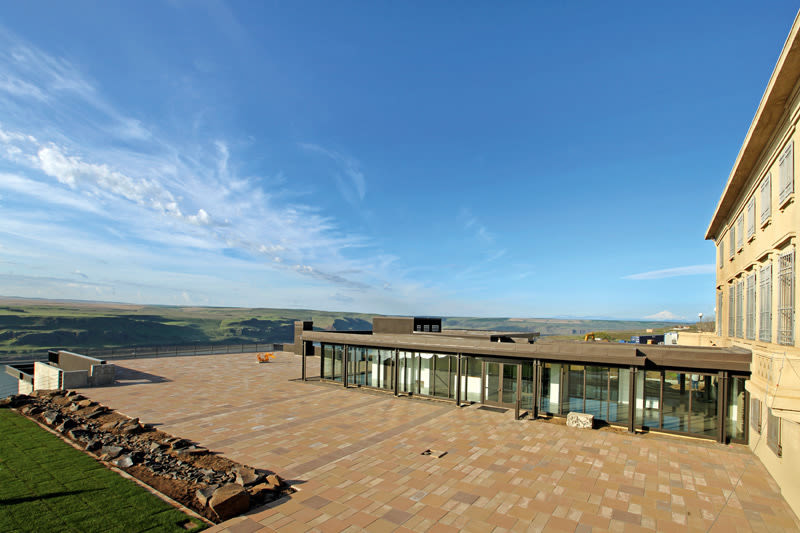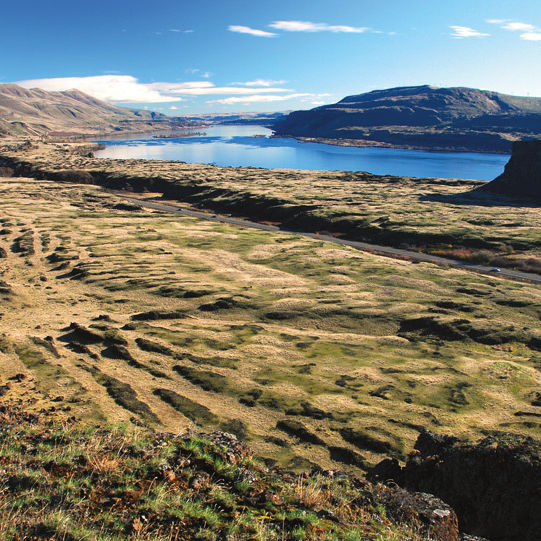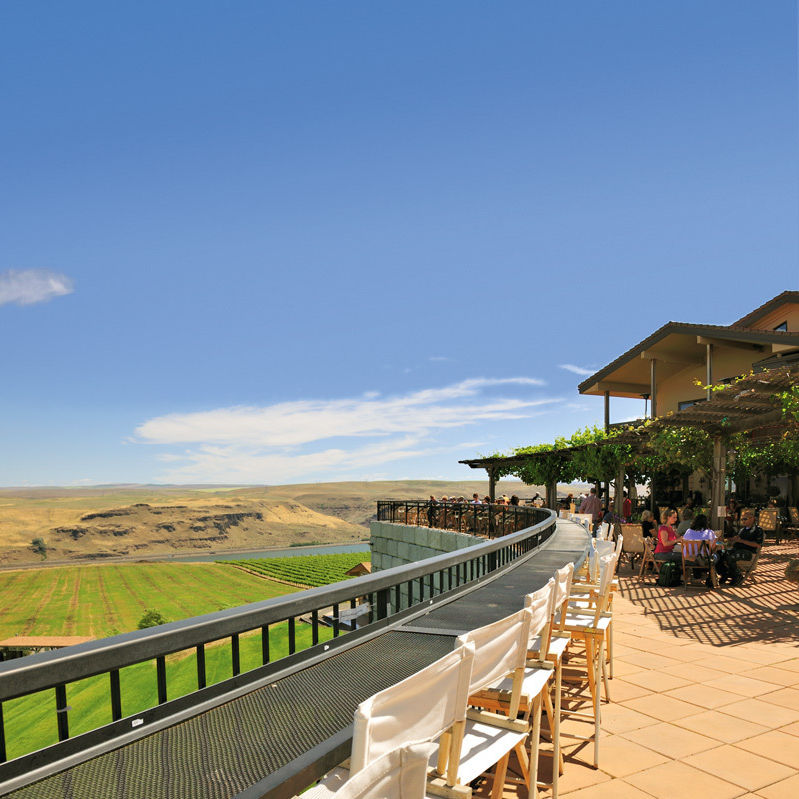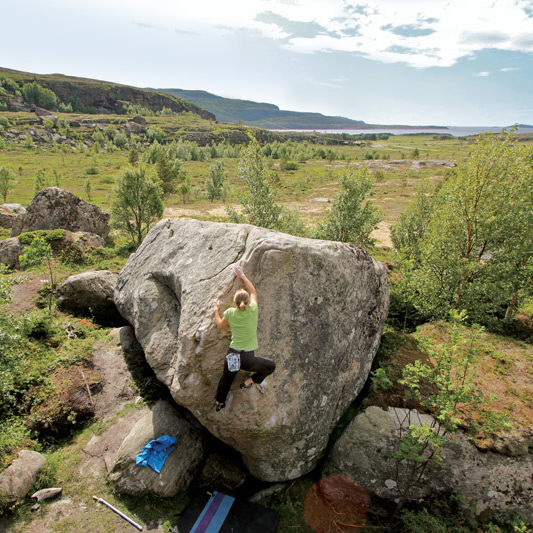Maryhill Museum Expansion

In May, the Maryhill Museum of Art debuted a new exhibit hall and outdoor pavilion.
Just across the bridge from Oregon’s Biggs Junction, with majestic views of the ray-baked eastern buttes, stands the Columbia River Gorge’s most unlikely monument: a three-story, poured-concrete mansion with copper doors that was built to be the heart of a utopian Quaker farming community but now is filled with Rodin sculptures, chess sets, and figurines from France’s Théâtre de la Mode.
If you’ve already toured the Maryhill Museum of Art (it’s practically a Northwest rite of passage), consider going again to see its new addition, the Mary and Bruce Stevenson Wing.
Historic Columbia River Highway grandfather Sam Hill began construction of the hilltop mansion in 1914, imagining it would serve as his residence when the community (and his 5,300-acre Maryhill Land Company) took off. But with the area’s remoteness and lack of irrigation, neither pilgrims nor investors ever arrived.
Hill’s failure proved to be art’s gain. Modern dance pioneer Loïe Fuller convinced Hill, her dear friend, to transform the would-be home into an art museum, and even donated her Rodin collection, which combined with Hill’s numbered 80 plasters, sketches, and sculptures in all. When the museum opened in 1940, nine years after Hill’s death and the ensuing litigation over his estate, the collection included the Rodin pieces, royal memorabilia from Romania’s Queen Marie (who dedicated the museum), and Native American art from Hill’s personal collection. Those same works remain on display today, amid a cast of rotating exhibits ranging from 19th- and 20th-century glass art to an impressive collection of chess sets from around the world.
The museum, however, has long been busting at its steel-and-concrete seams, says Maryhill executive director Colleen Schafroth. Lectures and educational seminars were crammed into the center of the Native American collections room; the hiss of steam from the neighboring café’s espresso machine interrupted silent musings in the Rodin room; and the lack of a dedicated storage facility prevented the museum from properly caring for some of its works. The debut of the $10 million Stevenson Wing should change all that.
Designed by Goldendale native Gene Callan with GBD Architects, the expansion adds an additional 25,500 square feet to the museum, including a new 1,700-square-foot gallery space to house changing exhibits (the first will be of British paintings), an education center where children and adults can join workshops, a new café, a collections suite where staff can house and restore the museum’s permanent pieces, and the shining gem: a cliffside outdoor pavilion with a mouth-dropping perspective on the Gorge. The panorama alone is worth a pilgrimage to this eastern Gorge landmark; combined with Maryhill’s art collection, it practically demands one.








